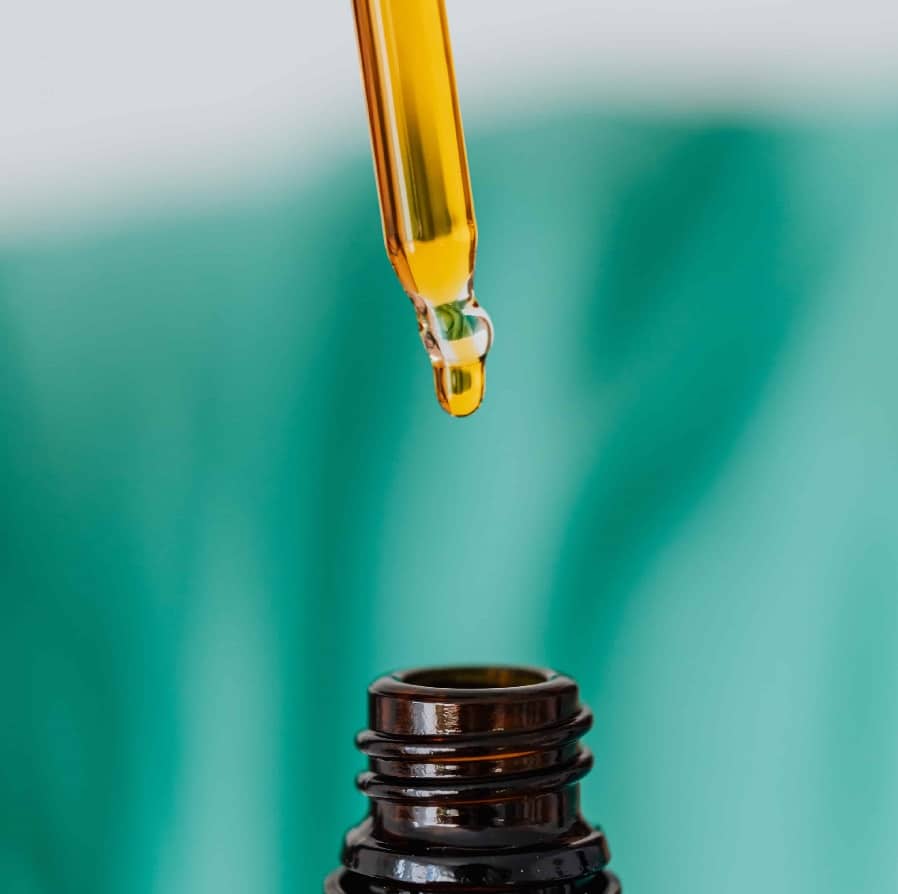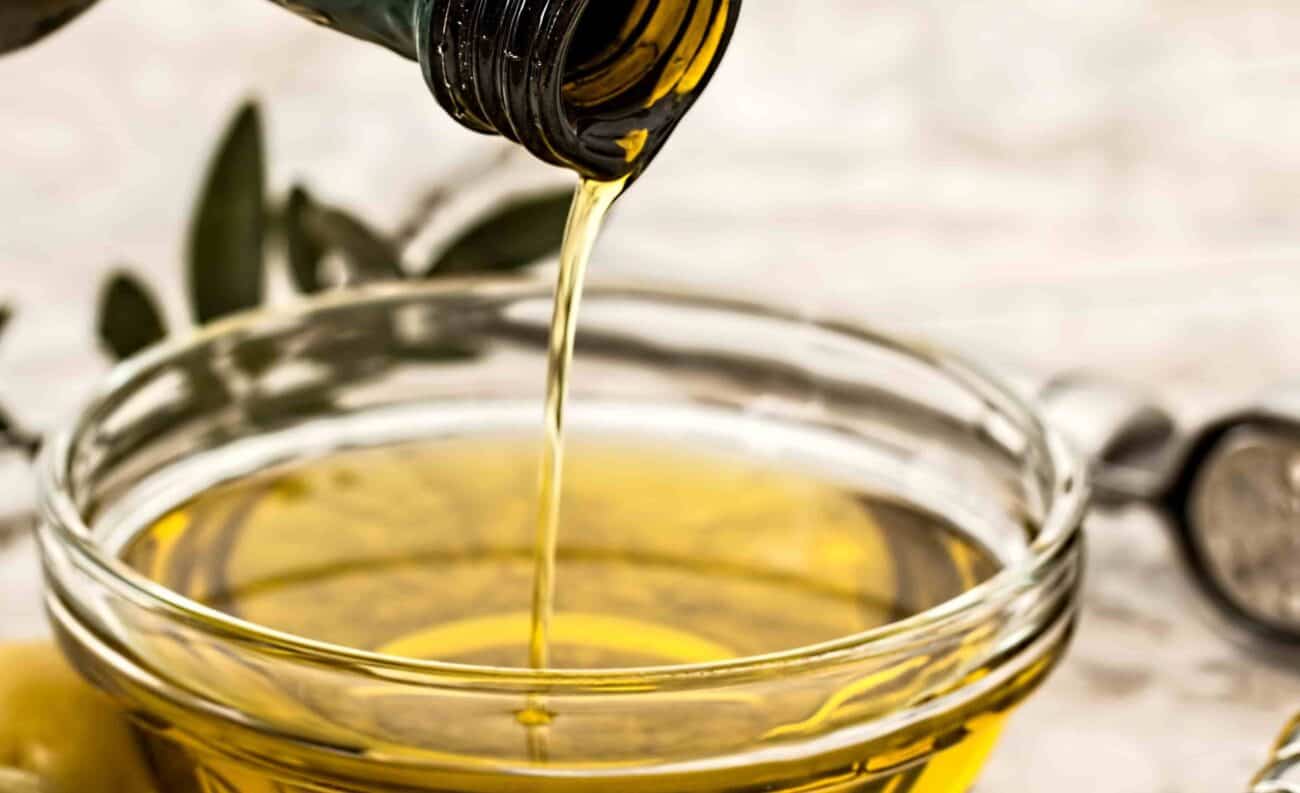
Blog
Literally, Everything You Need to Know About Fats

Which fats are good? Which fats are bad? How much fat should you eat in a day?
You will find all your answers here, get ready to dive deep into the world of the infamous macronutrient: Fat.
This article may get a little complicated but don’t worry, we’re not as boring as your biology teacher 🤞.
A lot of us have this misconception that all fats are bad, harmful, and we’re better off without them.
Yeah, we’re talking about you who gets all the information from the Insta reels, TikToks, and Whatsapp uncles. (seriously, if you ever see an Uncle Basheer giving you nutrition advice, run)
On top of that, everyday there’s new research claiming something new.
It’s chaotic.
But let us break down the whole thing for you. Sit tight, for in this article, we’re going to uncover the overly complicated world of fats!
Before you eat, know what are fats?
Before we can discuss which fats are good or bad, it’s better to explore the complicated world of fats first.
What is it that fats do, what is their purpose, how does the mechanism work?
You know how protein is essentially made of molecules called Amino Acids (No? Read it here) Well, just like that, Fats are made of molecules called Fatty Acids.
And just like Amino Acids, Fatty Acids are also categorized as essential and non-essential fatty acids.
Essential being the ones our body cannot make on its own and we must get them through our diet.
We don’t have to go into much detail with this but it just tells you that our body definitely need fats to function properly (Source).
Hence, we can’t get rid of fats from our diet because, among many others, fats have two huge roles to play in our body.
Energy
Without fats, you won’t have much energy reserves in your body to rely upon.
If you don’t know, let us tell you. The unit we use to measure energy in our body is calories, which means the amount of heat that’s released when our body burns the food we eat.
Think of it this way: When you have food and you burn it with acid, the heat that it will release shows how much energy it will give your body.
So, when we eat food, that’s our energy reserve.

Whenever our body needs energy, our body will take this stored food and start burning it to provide energy to the body.
So, what does all this have to do with fats? Well, fat is an important source of this energy.
In theory, you might be thinking that any food can be burned and made into energy. While this is true, no kind of food releases as much energy when burned in our body, as fats.
Fat has twice the calories of energy per gram than carbohydrate and protein. So, while you can try to shift totally to a complete carb or protein-based diet, your body will not have much energy.
You will get tired doing menial tasks, you won’t be able to walk for long, and definitely won’t be able to run or exercise. For any kind of activity, the body will need energy, and it needs to burn some fat to make this energy.
Cholesterol
As we mentioned, we need to consume the essential fatty acids in our diet through fats.
One of these essential fatty acids is Cholesterol. You may have heard of it.
It’s mostly used for hormone regulation in our body and uses our blood veins and arteries to move around.
So, there are two types of cholesterol, Low-Density Lipoprotein (LDL) and High-Density Lipoprotein (HDL) Cholesterol.
The catch here is, LDL is not very good for the body. Because when it moves around in our blood vessels, it can cause plaque in them, which closes the vessels and increases the chance of heart attack and other diseases.
So, when we eat fat, there are different types of it, some give us more LDL and some HDL Cholesterol.
And as we cannot stop eating fat altogether, we need to eat fat that give us more HDL Cholesterol, not LDL ones.
I know, it was a lot to take in, but stay with us, we just want what’s best for you 🙂
Types of Fat
Here we go, so what are the three main types of fats, and why are they important?
First of all, they’re important to navigate our diet, we need to focus our diet on the types that will give us HDL Cholesterol and not LDL Cholesterol.
Saturated Fats (Bad Fats)
These are typically solid ones and are usually obtained from animal sources.
They give you LDL Cholesterol, “the bad one” hence these fats are called “bad” fats.

Sources of this fat are
- Ghee
- Cheese
- Ice-Cream
- Butter
- High-Fat Meat
- Coconut Oil
- Palm Oil
Unsaturated Fats (Good Fats)
So, the opposite, they’re mostly liquid, they increase not LDL, but HDL Cholesterol, hence “Good” Fats.
There are two kinds of unsaturated fats: monounsaturated and polyunsaturated fatty acids, they also include two further essential fatty acids called omega-3 and omega-6.

What the exact difference between these fats is, would be something for chemistry class, but for now, let’s focus on foods that give us unsaturated fats.
- Avocados
- Olives and Olive Oils
- Peanut Butter
- Vegetable Oils
- Salmon
- Nuts and Seeds
Trans Fats
These fats are unsaturated but undergo an industrial process called hydrogenation to be made into solids. Hence, just present in processed foods.
We would like to call these very bad fats, as they can very easily cause heart attacks etc (Harvard says this, not us 🙂).
Trans Fats are not found much now because many steps have been taken to remove trans fats from our diets by governments around the world but still be on the lookout.
Now, what about my diet you ask?
The whole above lecture was to let you know what to look out for when choosing your diet.
As a fellow Pakistani, I can just tell you, most of what you eat is fat-based. But we now know that’s not necessarily a bad thing.
The pain here when you see ghee, makhan (butter), paneer (cheese), ice-cream and all your favorites in the list of bad fats, you hate this.
You may not be ready to give up your mother’s delicious desi-ghee parathas and butter with your daily salans. But the whole idea of living this healthy life is to find balance.
We are not asking to give up bad fats as a whole.
Ideally,not more than 10% of your calories should come from bad fats. While 60 to 65% of ‘em should come from good fats (source).
This means you can eat your delicious parathas, or your ice creams once in a while, but you have to burn these calories by exercising too, to stay healthy, and to make room for the next day’s incoming fat 🙂.

Tips on Eating Fat
- Go for Oil over Ghee
- Coconut oil is advertised as healthy, but it’s 82% saturated fats, so stay away from it maybe.
- Prefer Olive Oil for cooking.
- Eat less processed food to reduce the chances of consuming trans fats.
- Go for baking or grilling instead of frying.
- When you’re buying stuff in the market, turn the packet/jar over and read the nutrient list. See if the saturated and unsaturated fat proportion is alright.
What Happens When Fat doesn’t burn?
We hope that by now you know a lot more about fats than you knew before. And now some concerns arise.
We mentioned that Fats are energy reserves. You may be wondering what happens when you eat enough fats in your diet, but you don’t exercise and burn this fat?
Well, if you eat all the fats and just sit around all day, chances are you may end up like Butt Saab, your father’s friend with his tummy out, saying, “Tumhay kia pata, apnay zamaanay men me 10 kilometer chal k school jata tha.” (What do you know, I used to walk 10 kilometers to school).
In other words, the unburned calories will start to collect in your body, resulting in obesity and weight gain over time with an increased risk of many diseases.
Keep control over your total fat intake, don’t abuse saturated (bad) fat, and stay active. That’s your recipe for a happy and healthy life.
Take-Away Message
We believe that in order to live your optimum life and to keep your body healthy, you first need to know how your body works and processes what you eat. Knowing what is happening at the backend of these things will make you more confident in your choices and it will help you stay on top of your own health.
While we have established what the good fats are, and what are the bad ones, You would need to find a balance in your diet, make a diet plan, and start working out to consume all of the fats, good and bad ones.
Investing in healthier foods may seem like a lost cause, but remember that you are avoiding many future hospital bills, stay healthy, stay happy, stay active, and Good Luck!
